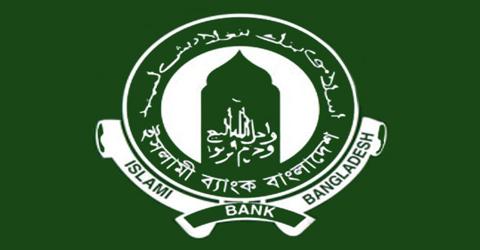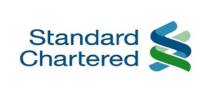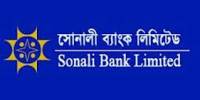The major objective of this report is to analysis Deposit and Investment Management of Islami Bank Bangladesh Limited. General objectives of this reports are to conduct interest free banking, to establish participatory banking instead of banking on debtor-creditor relationship, to invest through different modes permitted under Islamic Shariah and accept deposits on profit-loss sharing basis. Finally analyze welfare-oriented banking system and to extend co-operation to the poor, the helpless and the low-income group for their economic uplift.
Investment Management of Islami Bank Bangladesh Limited
















